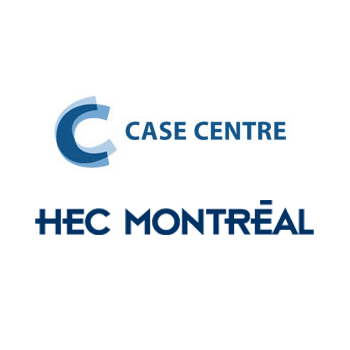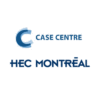Description
Gildan Activewear Inc. (B) – 2016: Abstract
The 2016 Gildan case (B) describes the situation in 2016. It can be used as a conclusion to the 2010 case for an interesting discussion of the social responsibility of a large company, or as a standalone case. In the early 1990s, the company now known as Gildan Activewear was a small children’s wear firm with revenues of $40 million. Its competition, legendary companies such as Russell, Fruit of the Loom, and Hanes, had sales in the billions of dollars. From its small beginnings and through unparalleled growth, Gildan went on to dominate most segments of the world’s activewear market.
This case presents the history of both the company and the industry, with an overview of major competitors. It systematically outlines Gildan’s march toward domination, explaining not only how it built its position but also the in-house development of all its functions to strengthen that position. Finally, the case describes the strategic focus of the company as well as the values that motivate its managers.
2010 (Case A). The 2010 Gildan case (A) shows how a single company can influence industry leaders and dynamics and provides a classic example of the importance of the three pillars of strategic management: environment, internal management, and leadership (see Case A).
Teaching objectives
This case is ideal for use in a strategy analysis course, preferably toward the end of the semester as the course synthesis. Traditional concepts such as Andrews’ concept of corporate strategy, Porter’s competitive position analysis and his work on the value chain and competitive advantage, and Barney’s resource theory, could all be useful. The case, which demonstrates how to make a large company manageable and avoid paralyzing rigidity, could also be used to stress the importance of (entrepreneurial) values in strategy implementation. Instructors could focus class discussions on explaining Gildan’s success, highlighting how its strategy exploited competitors’ strategic weaknesses. Or they could focus on whether Gildan’s success is sustainable.
Main themes covered
- Resources and competitive advantage
- Leadership as a competitive advantage
- Competition in a mature market
- David and Goliath
- Operations and strategy
Concepts and theories related to the case
- Corporate strategy
- Resource theory
- Competitive strategy in mature markets
- Leadership and strategic management
- Large manufacturing firms and corporate social responsibility
Additional information
Teaching notes are available for teachers only. Contact the HEC Montréal Case Centre for more information.









Avis
Il n’y a pas encore d’avis.